Introduction
Right in the middle of Tokyo. A place most people rush past. Yanaka. A pocket of old-world charm hiding in plain sight. Narrow lanes. Wooden houses. Quiet temples scattered between. Walk here and time slows down. Feels like stepping into a different Tokyo. One that hasn’t rushed to cover itself in glass and neon. In this little journey, we’ll wander Yanaka’s preserved streets. Its heritage. Its strange, calming pull—on both locals and travelers.
Before we dive in, quick heads up. If you find my tips helpful—and click any of the links—it actually helps support this blog. Don’t worry, costs you nothing. Yup, zero extra. But it keeps my travel stories alive. Honestly, it’s kinda cool knowing you’re helping me keep these adventures coming. So, thanks. Really.
A Journey through Time: Unveiling Yanaka’s Essence
Yanaka’s Historical Significance
Yanaka. 谷中. A name that still carries history. Back in the Edo period—1603 to 1867—it wasn’t just another district. It was a temple town. Big ones like Tenouji and Kaneiji stood here, and they still do. People once traveled from all over Edo, not just for prayers but for leisure too. A mix of faith and wandering.
But Yanaka is more than just Yanaka. It’s three neighborhoods tied together—Yanaka, Nezu, Sendagi. Locals call it Yanesen (谷根千). Simple math: “Ya” from Yanaka, “Ne” from Nezu, “Sen” from Sendagi. One word, three places. Together they feel like a pocket of Tokyo that refuses to forget its past. A spot the city still treasures.
The Art of Preservation: Yanaka’s Resilience
Despite the pressures of development, Yanaka has managed to retain its character through meticulous preservation efforts. This dedication to maintaining its cultural heritage is a testament to the neighborhood’s resilience.
Nostalgic Atmosphere: Yanaka’s Timeless Appeal
Walking through Yanaka’s streets is like stepping into a bygone era. The traditional wooden houses, cobblestone lanes, and peaceful ambiance create a nostalgic atmosphere that transports visitors to a Tokyo of yesteryears.
You may also like to read : Kichijoji: Unveiling the Charm of Tokyo’s Hidden Gem
Temples and Tranquility: Exploring Yanaka’s Spiritual Side
Nezu Shrine: An Oasis of Calm

You may also like to read : Tokyo Shibuya Crossing: The World’s Busiest Intersection
Nezu Shrine stands as an oasis of tranquility amid Yanaka’s urban landscape. Its vermilion torii gates, serene pond, and lush gardens provide a retreat where visitors can find solace in the midst of city life.
The Nezu Shrine, constructed in the year 1705, stands as one of Tokyo’s most ancient Shinto shrines. Renowned for its Azalea Spring Festival, this event takes place annually from late April to May, when approximately 50 varieties of azalea flowers burst into full and vibrant bloom. The festival offers not only the chance to admire these stunning blooms but also a delightful array of food stalls and games to enhance the experience.
Tenno-ji Temple: A Hidden Gem of Serenity
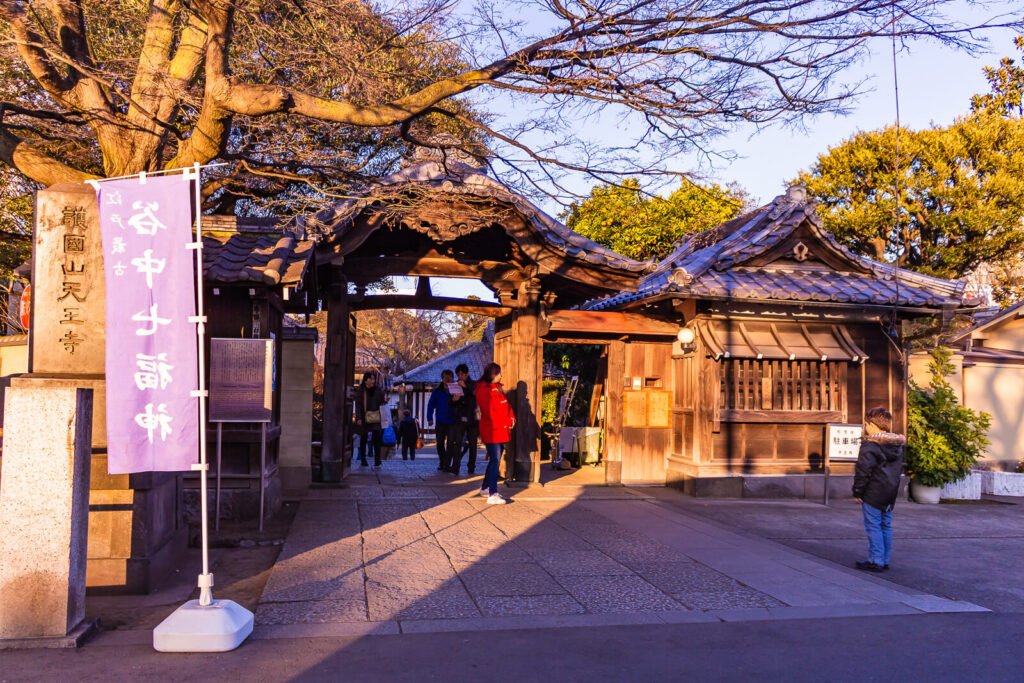
Tucked away in Yanaka’s alleys, Tenno-ji Temple offers a peaceful escape from the hustle and bustle. Its serene courtyard, exquisite wooden architecture, and serene aura make it a haven for meditation and reflection.
Tennoji Temple holds the distinction of being the oldest among the many temples gracing Tokyo’s Yanaka area. This sacred site belongs to the Tendai sect of Buddhism and was established in the year 1274. It now rests on the periphery of Yanaka Cemetery, offering a picturesque view of Nippori Station.
Yanaka Cemetery: A Symbol of Reverence
Yanaka Cemetery is a place where reverence for the past is palpable. As visitors stroll among the rows of gravestones shaded by towering trees, they can’t help but feel a sense of humility and connection to those who came before.
Notably, Yanaka Cemetery, which envelops Tennoji, was originally part of the temple’s grounds. However, a significant policy shift occurred during Japan’s modernization following the Meiji Restoration. Driven by nationalist sentiments, the government decided to segregate “imported” Buddhism from “native” Shinto practices. As a result, Tennoji’s cemetery was seized by the Meiji government to facilitate Shinto funerals, and it was subsequently made public. This decision remained unaltered.
Among the treasures of Tennoji, a remarkable bronze seated Buddha statue stands out. Crafted by Ota Kyuemon in 1690, it is affectionately known as the “Tennoji Daibutsu” by the local community.
You may also like to read : Navigating Tokyo Transportation efficiently
Strolling Through Yanaka’s Quaint Streets
Yuyake Dandan: The Sunset Stairs
Located to the north of the bustling shopping street lies the renowned Yuyake Dandan, which translates to the ‘sunset staircase’ in Japanese. This picturesque landmark offers a captivating vista of the sunset from its peak. These stairs were aptly named through a public contest and stretch from the northern exit of JR Nippori Station to the charming Yanaka Ginza Shopping Street. The sight of the sun setting from this vantage point is exceptionally breathtaking.
Yuyake Dandan, or the Sunset Stairs, offers a poetic spectacle as the sun sets over Yanaka. This charming staircase, flanked by traditional houses, provides an enchanting backdrop for quiet contemplation.
Yanaka Ginza: A Street of Delights
Yanaka Ginza. A little pocket inside Tokyo’s old Shitamachi. Step in and suddenly—it feels like the Showa period never ended. Nostalgia in the air. And food. Always food. Cheap, tasty snacks you can’t walk past.
It’s easy to reach too. Just a quick hop from JR Nippori Station’s west exit. Or wander over from Sendagi Station on the Tokyo Metro. Even Ueno Park is close enough for a slow stroll. Perfect detour.
The magic here? The shops. Tiny, cluttered, full of character. Traditional sweets. Handmade trinkets. Old-style clothes. Souvenirs that don’t feel mass-produced. Each corner offers something small but meaningful. A taste of old Japan. A slice you can take home.
Yanaka Ginza doesn’t try hard. It just is. Warm. Welcoming. A place where past and present meet without fuss. Walk through once, and you’ll get it.
Savoring Local Flavors: Yanaka’s Culinary Scene
Yanaka’s quaint streets are adorned with eateries serving traditional Japanese fare. From cozy tea houses offering matcha treats to local izakayas, visitors can savor authentic flavors amidst a charming ambiance.
A Living Tapestry of Community and Culture
Supporting Local Artisans and Businesses
Visiting Yanaka isn’t just about experiencing history; it’s about supporting the community. Local artisans, craftsmen, and businesses play a vital role in preserving the neighborhood’s cultural fabric.
You may also like to read : Tokyo Shibuya Crossing: The World’s Busiest Intersection
Festivals and Celebrations: Embracing Tradition
Yanaka comes alive during festivals and celebrations, where locals and visitors gather to honor traditions and revel in the spirit of community. These events showcase Yanaka’s living cultural heritage.
You may also like to read : Exploring Tokyo: Unveiling Top Attractions and Hidden Gems
A Glimpse into Local Life
Exploring Yanaka isn’t just about sightseeing; it’s about immersing oneself in the rhythms of local life. Observing residents going about their day, tending to their gardens, and exchanging friendly greetings provides a glimpse into Yanaka’s heart.

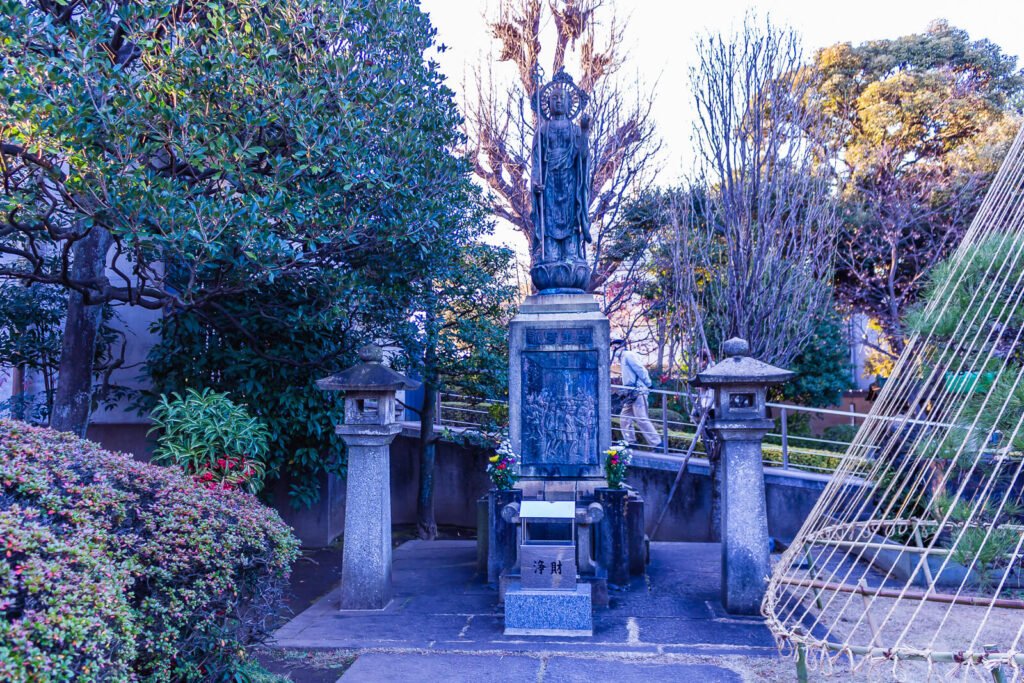
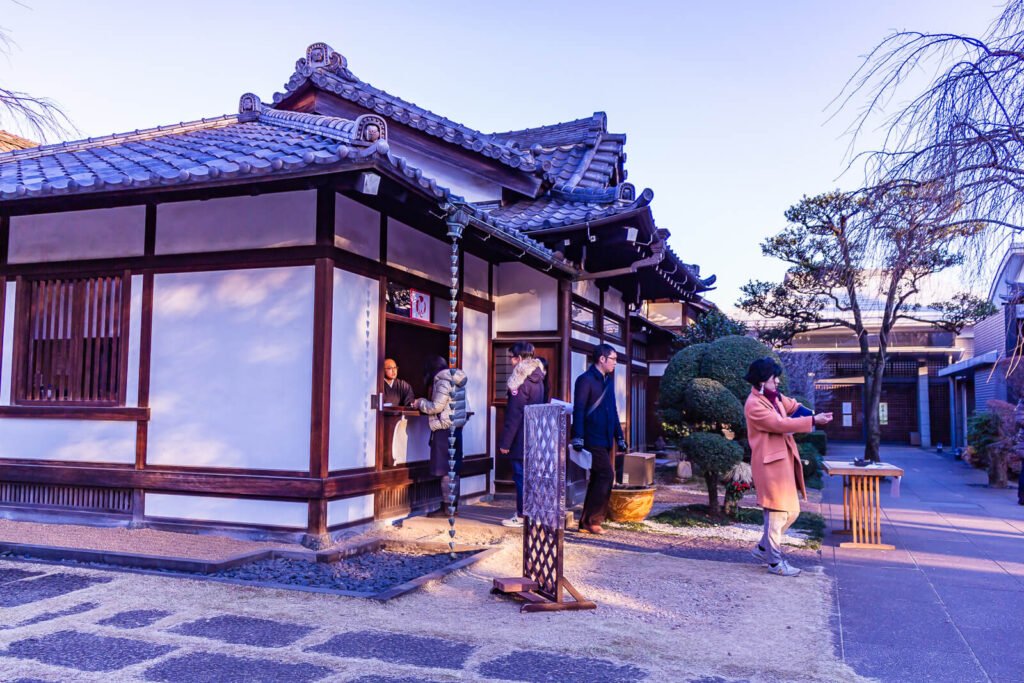
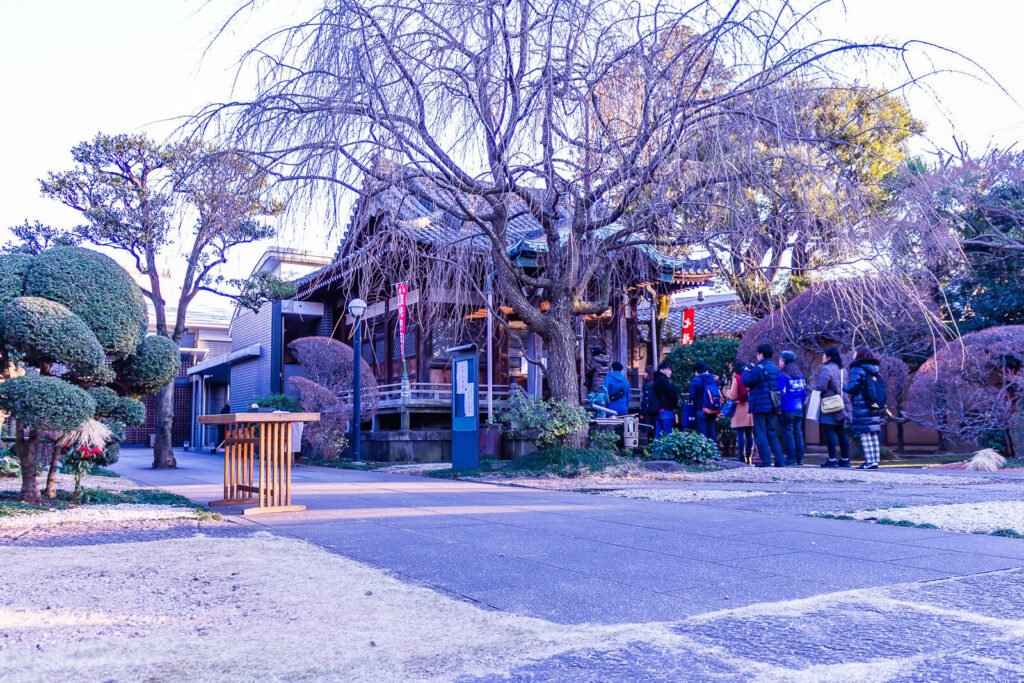
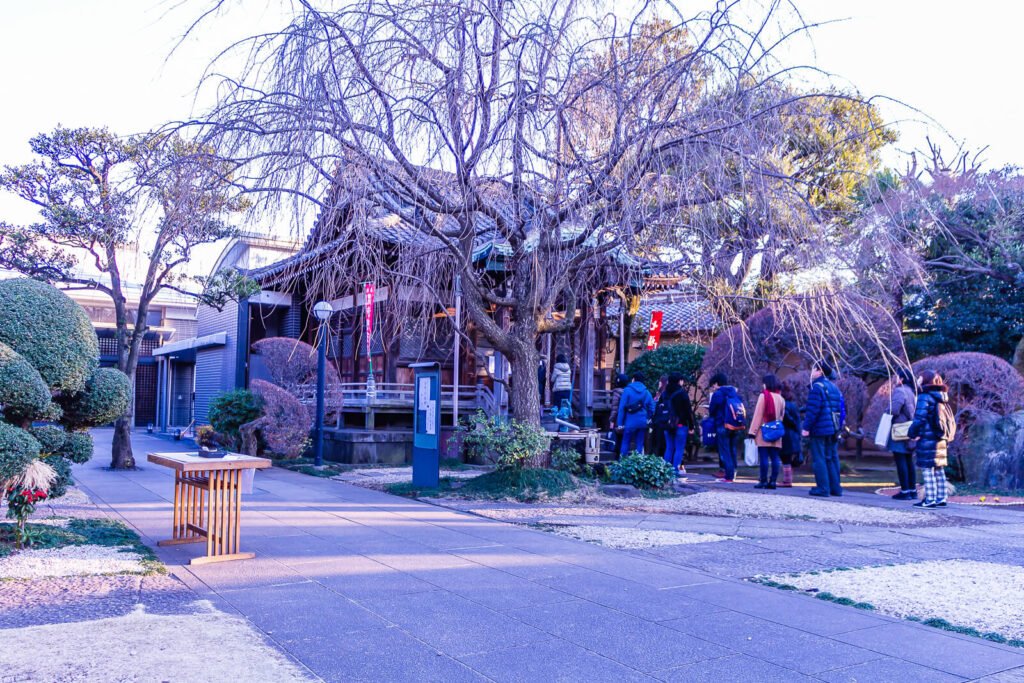
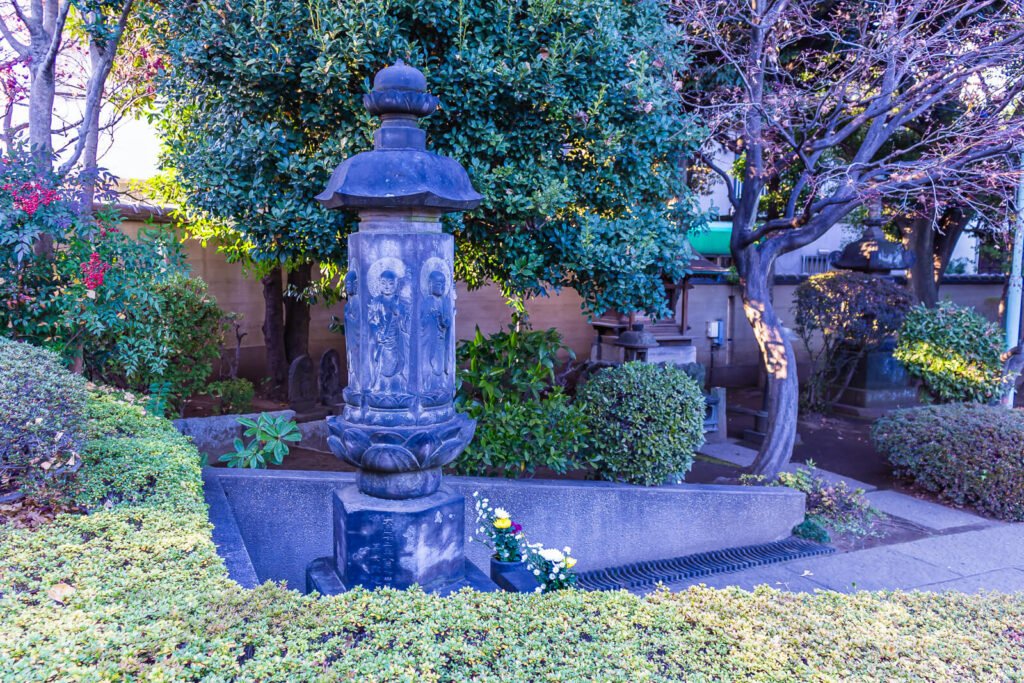
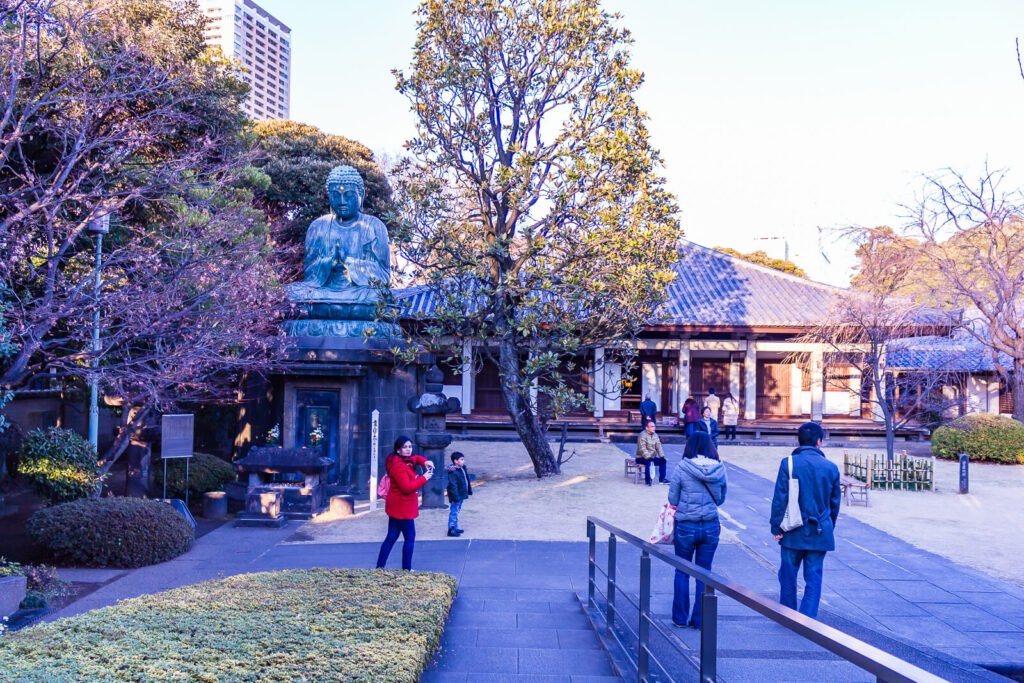
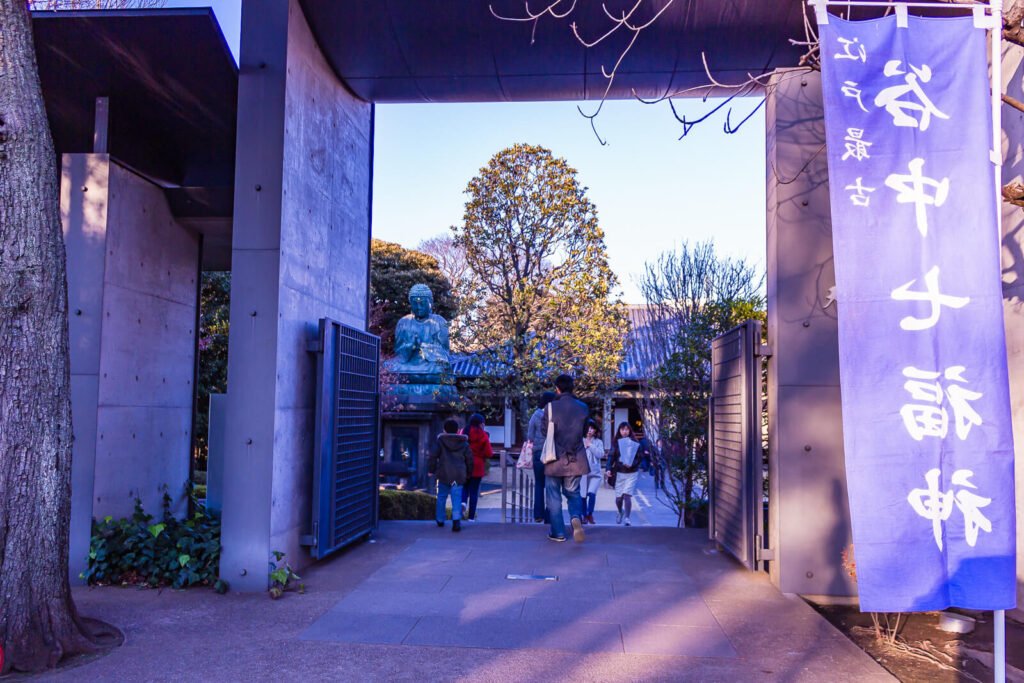
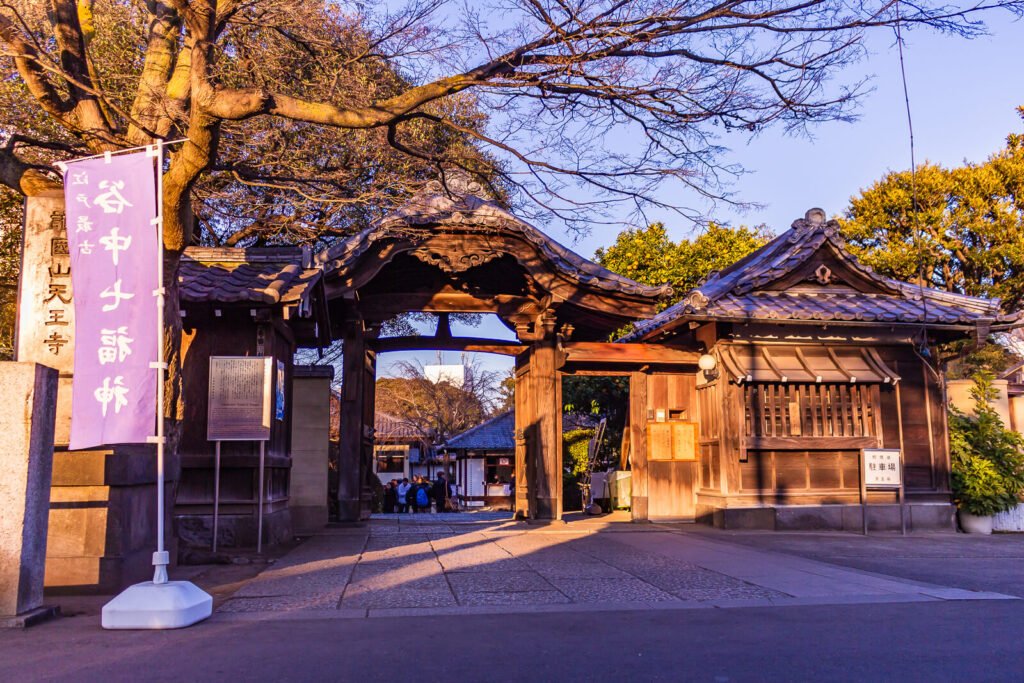
Access
Yanaka can be conveniently reached from either JR Nippori Station (west exit) or Chiyoda Line‘s Sendagi Station (east exit).
Conclusion
Yanaka isn’t just a neighborhood. It’s alive. A piece of Tokyo’s past still breathing in the present. Maybe even shaping the future. Walk its narrow streets. Let the quiet sink in. Chat with the locals, peek into the little shops. You feel it—you’re part of the story now. Tradition woven with modern life. Time doesn’t move straight here. Past and present…they dance together. And you’re caught in the middle. Timeless. Captivating.
more from airashijapan
Navigating Tokyo Transportation efficiently
Tokyo Shibuya Crossing: The World’s Busiest Intersection
Japanese Temples: Senso-ji and Nakamise Shopping Street
Exploring Tokyo: Unveiling Top Attractions and Hidden Gems
Kichijoji: Unveiling the Charm of Tokyo’s Hidden Gem
20 Best Budget Hotels Tokyo: Affordable Stays in the Heart of Japan’s Capital
Yanaka: Old-World Charm and Quaint Streets
The Mystical Allure of the Torii Gate: A Gateway to Japanese Culture
Meiji Shrine: Journeying Through Tokyos Meiji Shrine
Exploring the Heart of Tokyo: Shinjuku
Tokyo Tower: Panoramic City Views
Omoide Yokocho: Tokyo’s Nostalgic Alley of Memories
Akihabara Electric Town : Tech and Anime Haven
Roppongi Tokyo: Fusion Hub of Culture and Nightlife
Harajuku Japan: A trendsetter’s Heaven
Tokyo Autumn 2024: The Ultimate Guide to Experiencing Fall in Japan’s Capital

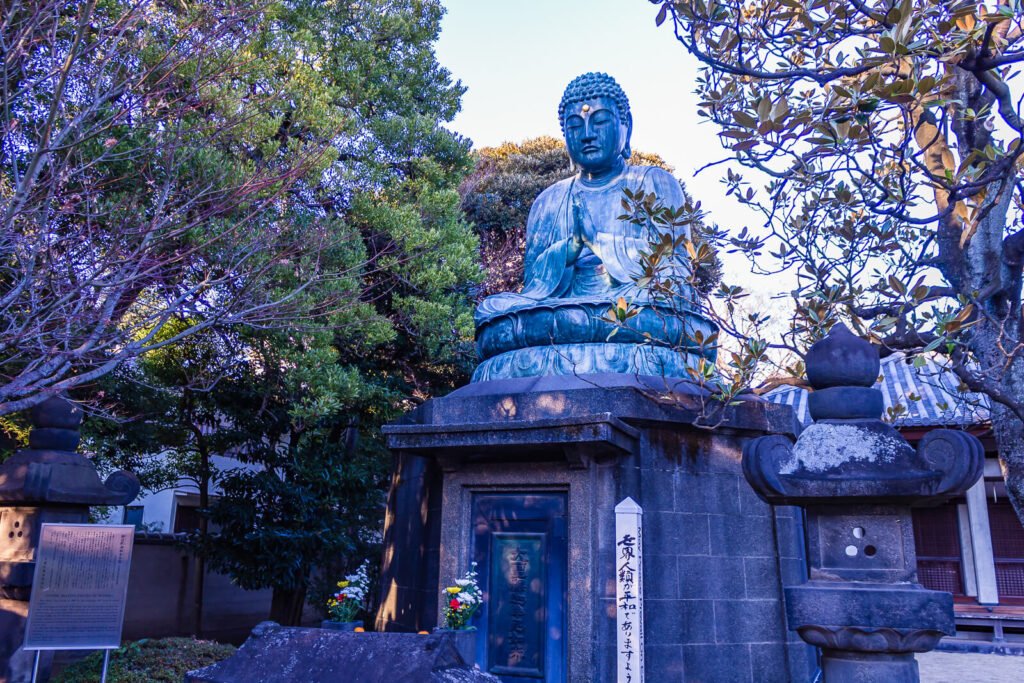
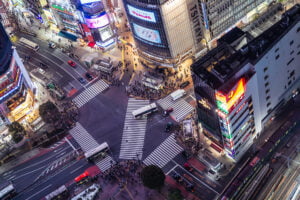

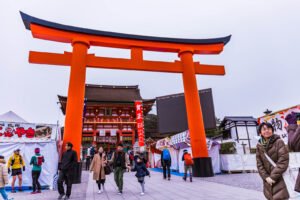

Pingback: Tokyo Travel Tips : How to Experience the Best of the City in Just 24 Hours! - airashijapan.com
Pingback: The Mystical Allure of the Torii Gate: A Gateway to Japanese Culture - airashijapan.com
Pingback: Exploring Tokyo: Unveiling Top Attractions and Hidden Gems - airashijapan.com
Pingback: Exploring the Heart of Tokyo: Shinjuku - airashijapan.com
Pingback: Omoide Yokocho: Tokyo’s Nostalgic Alley of Memories - airashijapan.com
Pingback: Tokyo Shibuya Crossing: The World’s Busiest Intersection - airashijapan.com
Pingback: Harajuku Japan: A Trendsetter’s Haven - airashijapan.com
Pingback: Navigating Tokyo Transportation efficiently - airashijapan.com
Pingback: Spring in Tokyo: Sakura Dreams at Shinjuku Gyoen - airashijapan.com
Pingback: Harajuku St: Where Tokyo Street Photography Comes Alive - airashijapan.com
Pingback: Akihabara Electric Town : Tech and Anime Haven - airashijapan.com
Pingback: Best Places to See Autumn Foliage in Tokyo - airashijapan.com